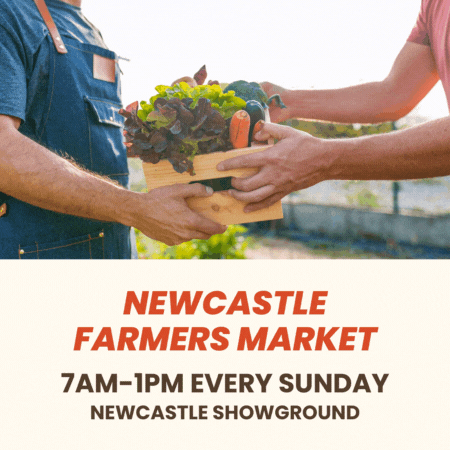- intouch Magazine
Chocolate - Not Just for Mother’s Day!

People have been consuming chocolate for centuries, enjoying the rich flavour of the cocoa bean originally as a bitter drink. By the mid-19th century solid chocolate was coming onto the market, and developments in the late 19th century saw massive improvements in quality, consistency and the texture of chocolate available world wide.
Today we are truly spoilt for choice, with high quality International and Australian chocolates available in huge range of shapes, sizes, styles, colours and flavours.
European chocolate is still considered the best in the world, although Australian chocolate – from Australia’s most popular Cadbury, to many others including Bibina’s own 1kg bags in a huge variety of flavours – are all popular.
Making Chocolate
The primary ingredient of chocolate is the cacao bean, which are fermented, dried, and roasted to develop their flavour. Then the cacao nibs (the meat inside the large pod-like beans) are extracted and ground before being liquefied, which is effectively chocolate in its pure form.
This is where we get the percentage figures you’ll see on some chocolates – the higher the percentage of cacao, the darker, richer and ‘chocolatier’ it will taste.
Dark Chocolate
Strong, rich and bitter, dark chocolate lovers often shun other tyres of chocolate: for them the rich taste is where the pleasure of chocolate really comes from.
For cooking, dark chocolate is often preferred, because the intense flavours contrast with the other ingredients in a recipe to make the chocolate flavour stand out.
Milk Chocolate
By far the most popular form of prepared chocolate, milk chocolate is usually 30-40% cacao blended with cocoa butter, sugar and other ingredients. Sweet and delicious, milk chocolate is often made into chocolate bars with nuts, caramel and many other ingredients.
White Chocolate
White chocolate doesn’t contain cocoa solids, but does include cocoa butter. It’s usually quite sweet and milky and is often popular with kids.
Cooking Chocolate
Although you can buy bags and bars of cooking chocolate, it often contains a low proportion of cocoa, and substitutes vegetable oil for cocoa butter, which means the texture and flavour simply won’t match a better quality product.
Bibina stocks a variety of cooking chocolate, from high quality Callebaut to inexpensive lines which still meet Bibina’s high standards.

Ruby Chocolate
Launching at Bibina on May 17, Swiss Chocolatier Callebaut’s new Ruby chocolate is set to become a favourite for professional pastry cooks and home cooks with it’s new berry-like chocolate, Ruby RB1. It’s not flavoured or cured white chocolate, but is naturally occuring in a special strain of ruby cocoa beans, with Callebaut saying “it owes its colour and specific taste solely to the expert selection and meticulous processing of the ruby beans – no fruit flavouring or colourants are added to the chocolate”.
“It’s flavours are more berry-like than you’d expect, tasting fresh with a hint of sour tones,” one early tester told Intouch.
Kirsten Tibballs, Australia’s ‘Queen of Chocolate’, is enthusiastic about Ruby chocolate. “It opens up a whole new world of ideas and makes you rethink everything you thought you knew about chocolate.”
Callebaut will be presenting Ruby RB1 at Bibina on May 17, with tips on how to cook with Ruby and free tastings.

















